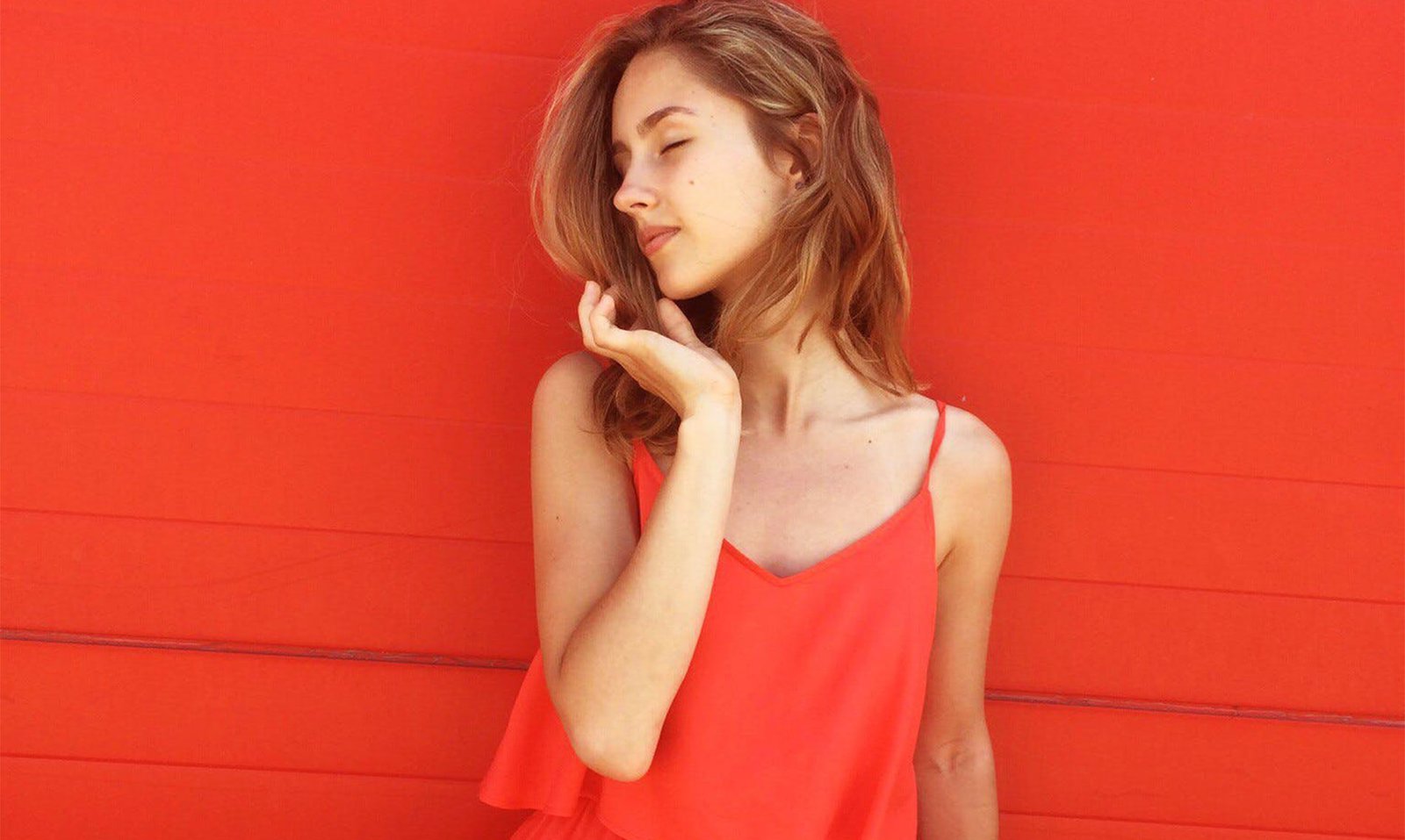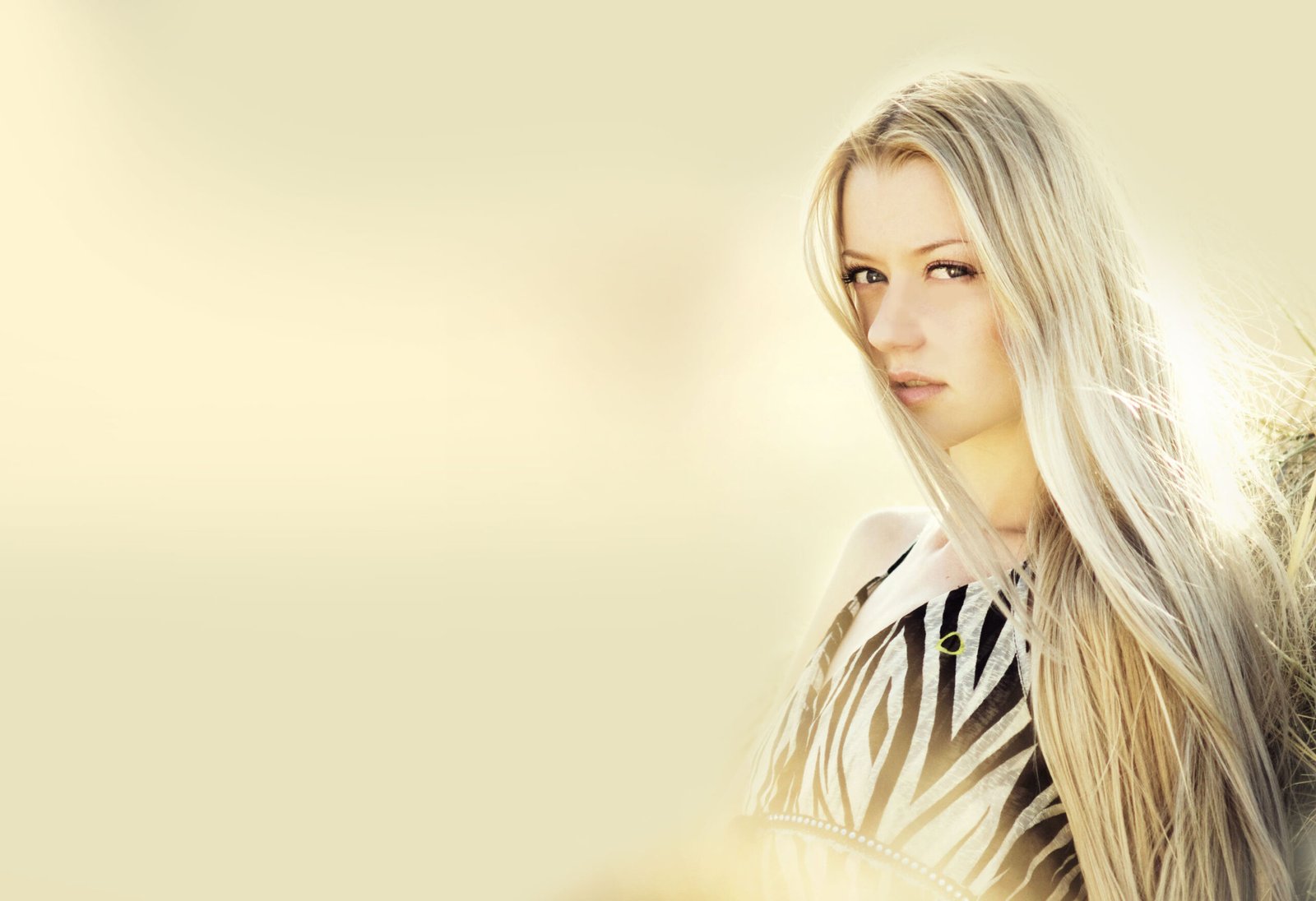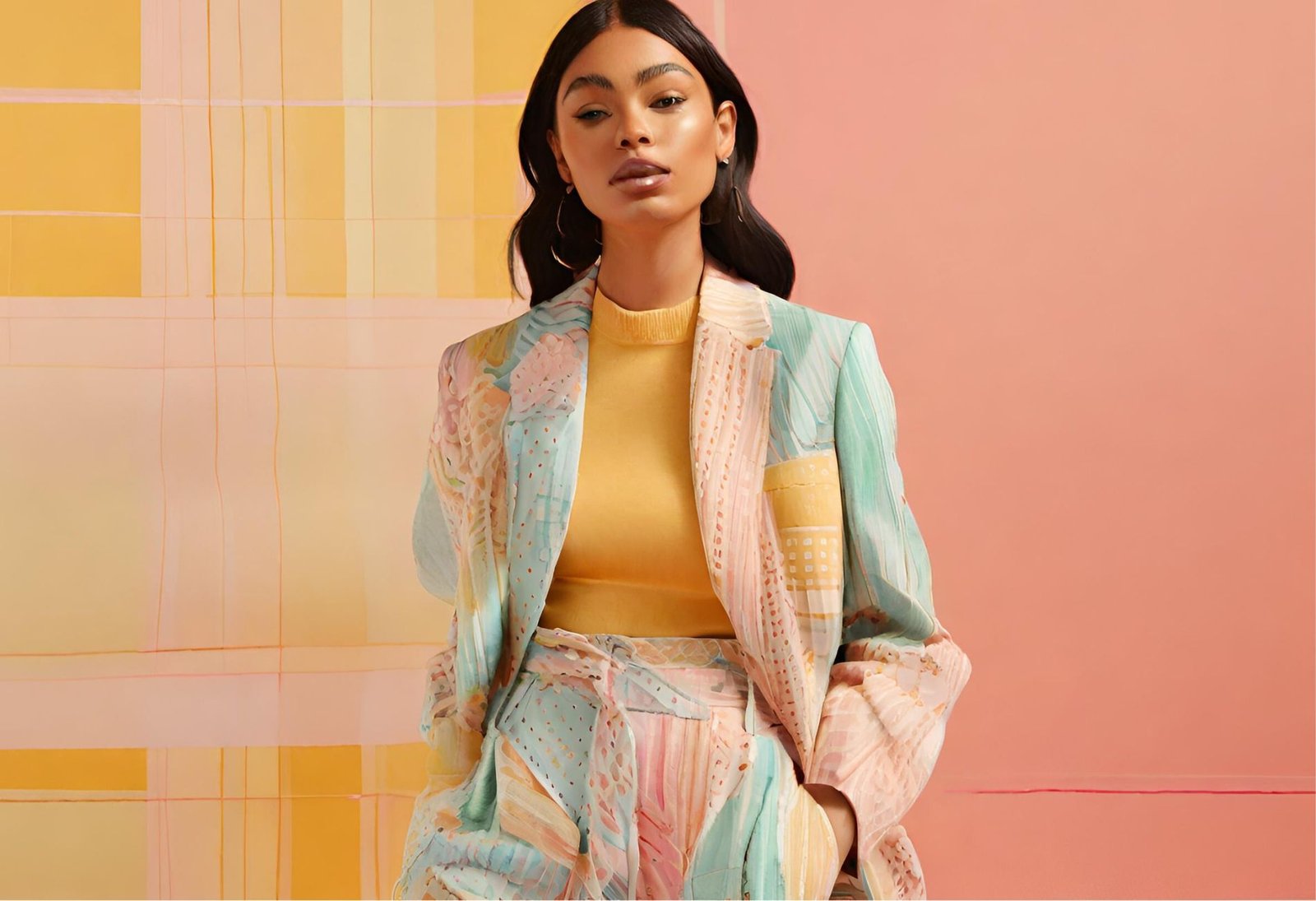The relationship between fashion and psychology goes beyond the surface of clothing—it delves into the intricate ways in which our style choices can influence our mood, confidence, and even our perception of ourselves. Fashion psychology explores the profound connection between what we wear and how we feel, shedding light on the transformative power of clothing as a means of self-expression. In this article, we unravel the fascinating interplay between style, mood, and confidence, exploring how our fashion choices can shape our mental and emotional well-being.
The Expressive Power of Clothing:
- Non-Verbal Communication: Clothing serves as a non-verbal form of communication, allowing individuals to express their identity, personality, and emotions without uttering a word.
- Personal Narrative: Fashion becomes a tool for crafting a personal narrative, conveying aspects of our identity to the world. The clothes we choose reflect our mood, aspirations, and the story we want to tell about ourselves.
Mood Elevation through Colors:
- Color Psychology: Colors have a profound impact on our emotions. Choosing certain colors can evoke specific feelings—such as calmness with blue, energy with red, or happiness with yellow.
- Wearing Vibrant Hues: Opting for vibrant and cheerful colors can uplift your mood and contribute to a positive outlook. On days when you need a boost, consider incorporating lively shades into your outfit.
Comfort and Confidence:
- Comfortable Clothing: The physical comfort of clothing directly influences our mental comfort. When we feel physically at ease in our attire, our confidence tends to soar.
- Confidence Boost: Wearing comfortable and well-fitted clothing can enhance confidence levels, allowing individuals to move through the world with a sense of assurance and self-possession.
Adapting Style to Emotions:
- Style as Emotional Expression: Our style choices often adapt to our emotional states. During moments of celebration, we may gravitate towards bold and festive clothing, while on reflective days, we might opt for subdued and introspective styles.
- Therapeutic Dressing: Fashion can be a form of self-therapy. Choosing an outfit that aligns with your emotions can be a mindful and intentional way of navigating and expressing your feelings.
Dressing for Success:
- Professional Attire: The concept of “dressing for success” highlights the impact of clothing on professional confidence. Wearing polished and appropriate attire can boost self-assurance in work or formal settings.
- Power Dressing: Certain styles, such as power suits or tailored ensembles, are associated with authority and confidence. Incorporating power dressing into your wardrobe can influence how you are perceived and how you perceive yourself in professional contexts.
Cultural and Personal Signifiers:
- Cultural Symbolism: Clothing often carries cultural and personal symbolism. Incorporating elements from one’s cultural identity into fashion choices can foster a sense of connection and pride.
- Personal Signifiers: Personalized accessories, such as heirloom jewelry or items with sentimental value, serve as reminders of personal achievements, memories, or relationships, influencing mood and confidence.
Transformative Rituals:
- Dressing Rituals: The act of getting dressed can be a transformative ritual. Taking the time to choose an outfit thoughtfully and with intention sets a positive tone for the day.
- Mindful Dressing: Mindful dressing involves being present and intentional in the process of selecting and putting on clothing, creating a mindful and positive start to your day.
The Influence of Social Media:
- Social Comparison: Social media platforms amplify the influence of fashion on mood and confidence. Comparing oneself to curated images on social media can impact self-esteem, emphasizing the importance of promoting authenticity in fashion representation.
- Empowerment through Style Communities: On the positive side, online style communities empower individuals to embrace diverse styles, fostering a sense of acceptance and confidence within a supportive network.
Fashion as a Form of Self-Care:
- Self-Expression as Care: Choosing outfits that align with your style preferences and make you feel good is a form of self-care. It’s an act of self-love that contributes to overall well-being.
- Wardrobe Detox: Periodically reassessing and curating your wardrobe can be a therapeutic practice, allowing you to let go of items that no longer serve you and make room for pieces that align with your evolving style and mood.
The Dynamic Nature of Style and Emotions:
- Style Evolution: Just as emotions evolve, so does style. Recognizing that style is dynamic and responsive to emotions allows for a more fluid and adaptive approach to fashion.
- Permission to Experiment: Giving oneself permission to experiment with different styles and embrace change in clothing choices is an acknowledgment of the fluidity of emotions and personal growth.
Fashion psychology unveils the profound connection between style, mood, and confidence, highlighting the transformative influence of clothing on our mental and emotional well-being. Whether it’s the expressive power of colors, the comfort-confidence nexus, or the ritualistic aspects of dressing, our fashion choices play a significant role in shaping how we feel and present ourselves to the world. As we navigate the dynamic interplay between style and emotions, let us embrace the empowering potential of fashion to enhance our mood, boost our confidence, and ultimately contribute to a positive and authentic sense of self.






